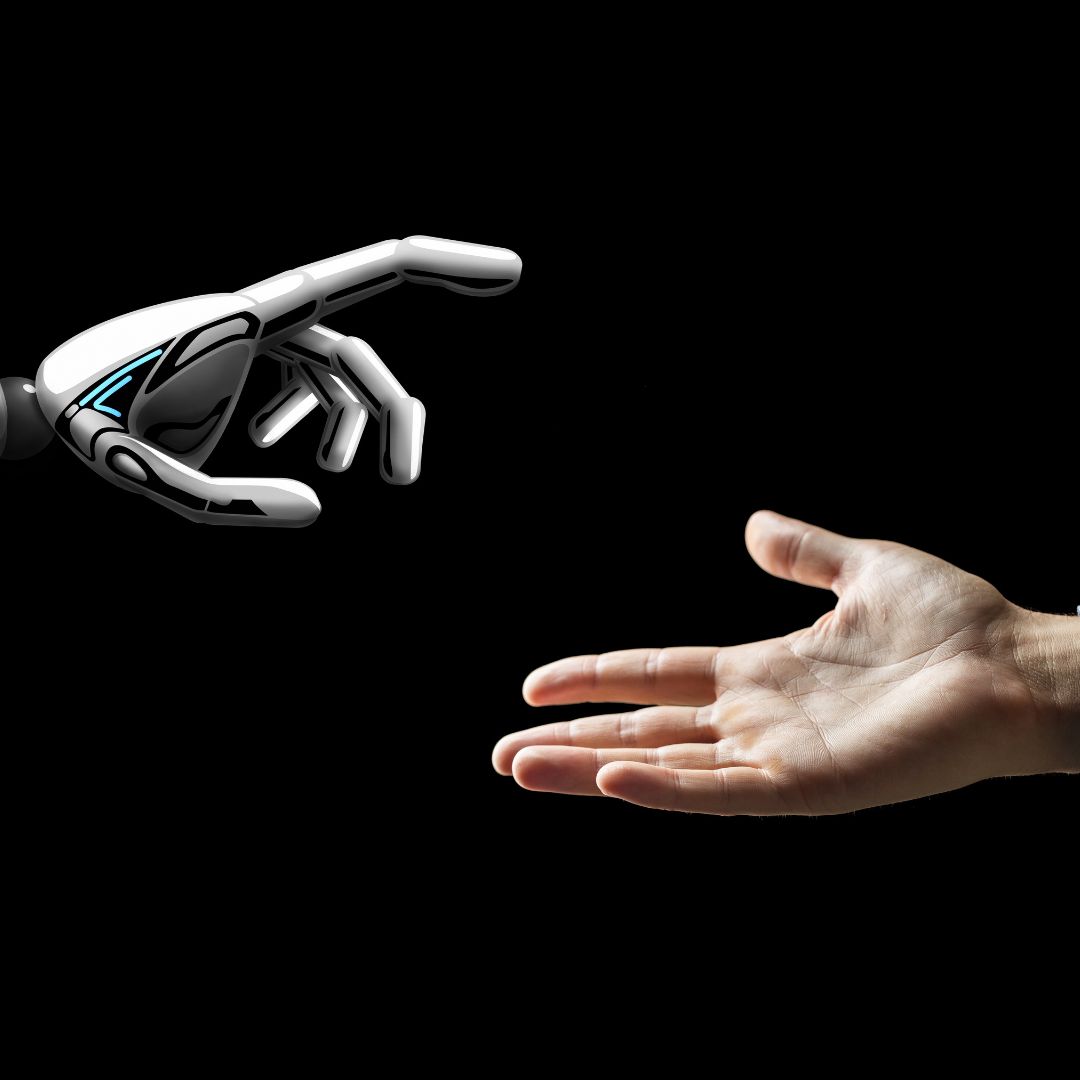Automatic Transcriptions vs. Manual: The Crossroads of Precision and Efficiency
Audio-to-text transcriptions have been a fundamental part of various fields, from academic research to the entertainment industry. However, the debate between using automatic or manual transcriptions has been ongoing, and with the emergence of tools like Scribba AI, the landscape has experienced a notable evolution.
The Era of Manual Transcriptions
For a long time, manual transcriptions have been considered the standard for achieving exceptional accuracy in the resulting text. Human ability to interpret language nuances, intonation, and jargon has been invaluable in producing detailed and accurate transcriptions.
Manual transcriptions, while ensuring high precision, face limitations in terms of time and resources. The process is labor-intensive and demands a significant investment of human time and effort, which can slow down production and increase costs.
The Rise of Automatic Transcriptions
The advent of artificial intelligence has radically transformed the approach to audio-to-text transcription. Tools like Scribba AI have revolutionized this field, offering automatic transcriptions that are fast, efficient, and, most surprisingly, highly accurate.
AI technology has enabled Scribba AI to learn and adapt to different voice patterns and dialects, constantly improving its accuracy and ability to transcribe a wide range of audio content.
Scribba AI: Precision and Efficiency in Automatic Transcriptions
Scribba AI’s effectiveness lies in its ability to merge the speed of automatic transcriptions with significant levels of precision. Through advanced natural language processing algorithms and neural networks, this tool achieves astonishing results in terms of accuracy.
The application of Scribba AI not only streamlines the transcription process but also offers impressive reliability. The comparison between manual transcriptions and those produced by this tool reveals surprising similarities in precision, marking a milestone in the transcription industry.
The Importance of Choice
The decision between automatic or manual transcriptions largely depends on the specific needs of each user. While manual transcriptions may be essential in contexts requiring extreme precision and attention to detail, automatic transcriptions represent an agile and efficient solution for those looking to optimize time and resources.
Conclusions
The transcription world faces a crossroads between human precision and AI efficiency. Scribba AI has managed to amalgamate these elements, offering high-quality automatic transcriptions that challenge established paradigms.
The choice between automatic and manual transcriptions will depend on the prioritization between precision and efficiency in each particular situation. However, with the continuous advancement of technology, tools like Scribba AI represent a bold step towards process optimization without sacrificing the quality of the final result.
Bonus: Special 70% Offer with Scribba AI
As an exclusive gift to our readers interested in testing Scribba AI’s efficiency, we offer a 70% discount on your first transcription using the code SCRIBBA70.
Scribba AI allows you to experience the power of automatic transcription with artificial intelligence at a reduced price. Simply enter the code when making your first transcription and enjoy the accuracy and speed offered by this innovative tool.
Moving Forward with Efficiency and Precision using Scribba AI
Whether you’re seeking quick transcriptions for research projects, interviews, podcasts, or any other audio content, Scribba AI stands out as a comprehensive solution. Take advantage of this opportunity to test its efficiency and streamline your workflow with precise and efficient transcriptions.
